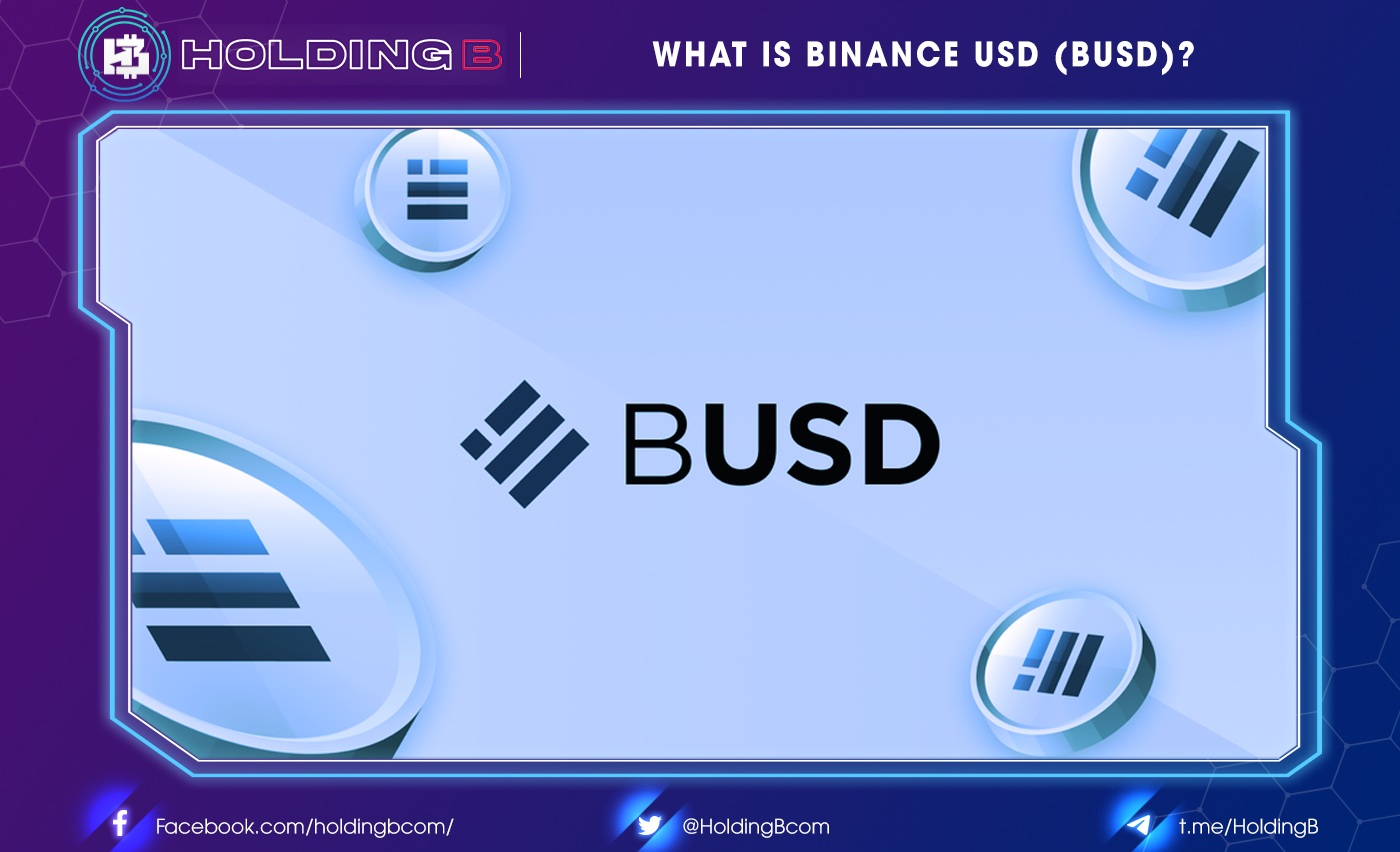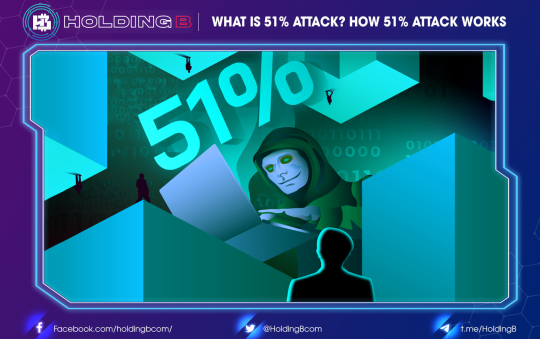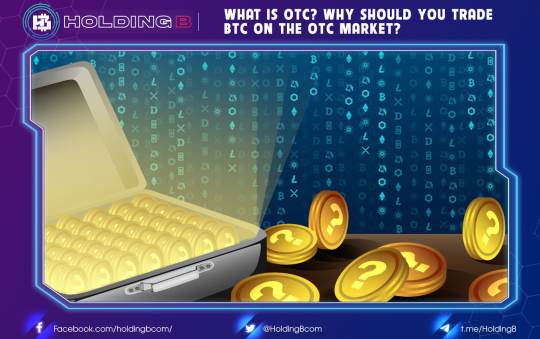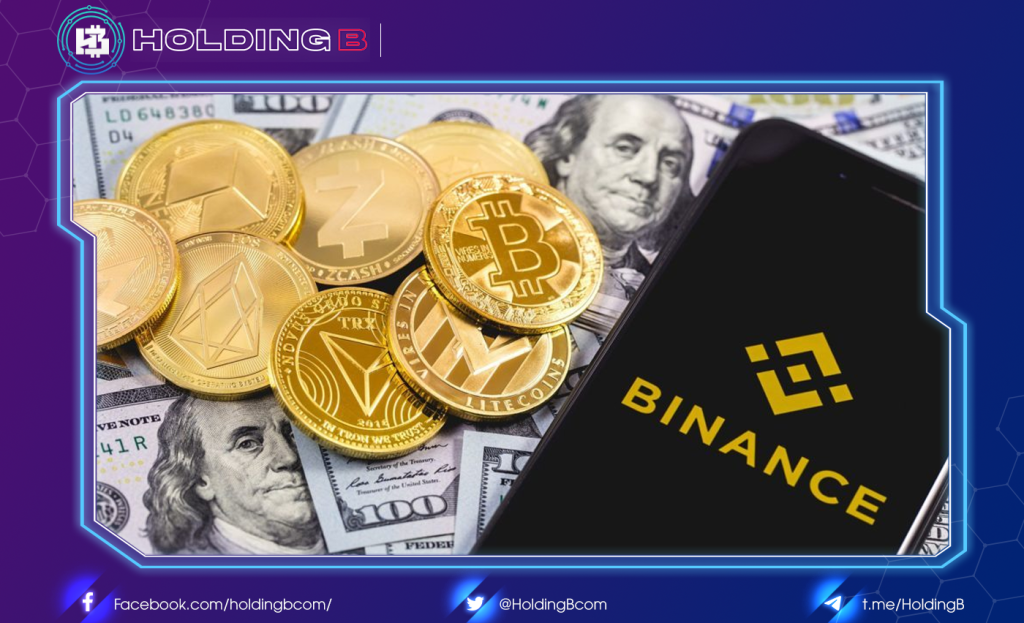
What is Binance USD (BUSD)?
Binance Binance USD is a hybrid between Binance and USD. This is a stablecoin belonging to the world’s leading cryptocurrency exchange, Binance, and is pegged at a 1:1 ratio to the US dollar.
The BUSD officially launched in 2019 with the aim of combining the stability of the US dollar with today’s popular blockchain technology. BUSD has the ERC-20 standard of the Ethereum platform as well as the BEP-20 standard of the Binance Smart Chain.
What is BUSD used for?
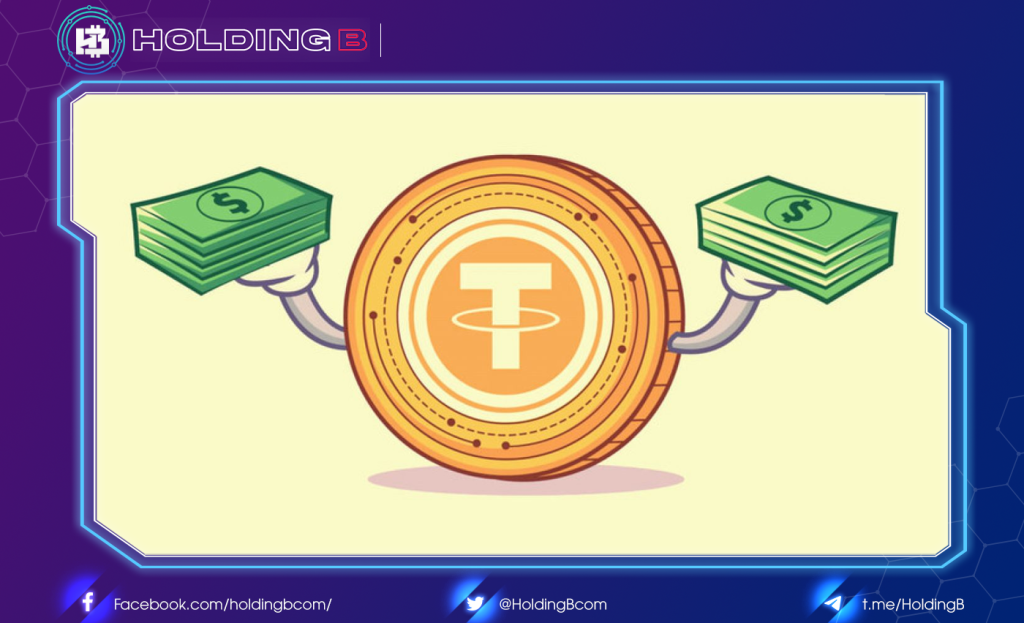
Based on price stability, Stablecoins play an important role in transactions, payments, settlements, and decentralized finance (DeFi). Here are some use cases for BUSD:
- Transfer your bitcoins (BUSD) anywhere in minutes, at a low cost, and on the blockchain.
- Trade BUSD on different exchanges and DEXs.
- Deposit BUSD to enjoy the interest.
- Payment of BUSD as payment for goods and services.
- Use BUSD as collateral and a loan asset.
- Use BUSD as cross collateral in futures.
- Store BUSD on an exchange or in a wallet.
How does Binance USD (BUSD) work?

Compared to other stablecoins, the method of issuing BUSD is quite simple. From the reserve, each BUSD can be exchanged for 1 USD. When reselling BUSD, Paxos will destroy them and pay you the equivalent amount of US dollars. This system maintains a constant 1:1 ratio between the supply of BUSD and reserve dollars.
BUSD prices may vary slightly. Therefore, traders buy BUSD in bulk as soon as the price of BUSD falls below $1 to resell them later when parity is restored.
- While BUSD can apparently work on the Binance Smart Chain as it is BEP-20 compliant, it is built on Ethereum’s Blockchain, thus classifying it as ERC-20.
- The BUSD was invented to serve the corporate interests of Binance. Despite the lack of trust with previous stablecoins like USDT and USDC, BUSD seems to have restored investor confidence.
- Audit: BUSD partnered with crypto-based custodian bank Paxos, which has a long history of compliance with the New York State Department of Financial Services. Technically, Paxos is actually the issuer of BUSD, not Binance, as all US dollars that support BUSD are retained.
Pros and Cons
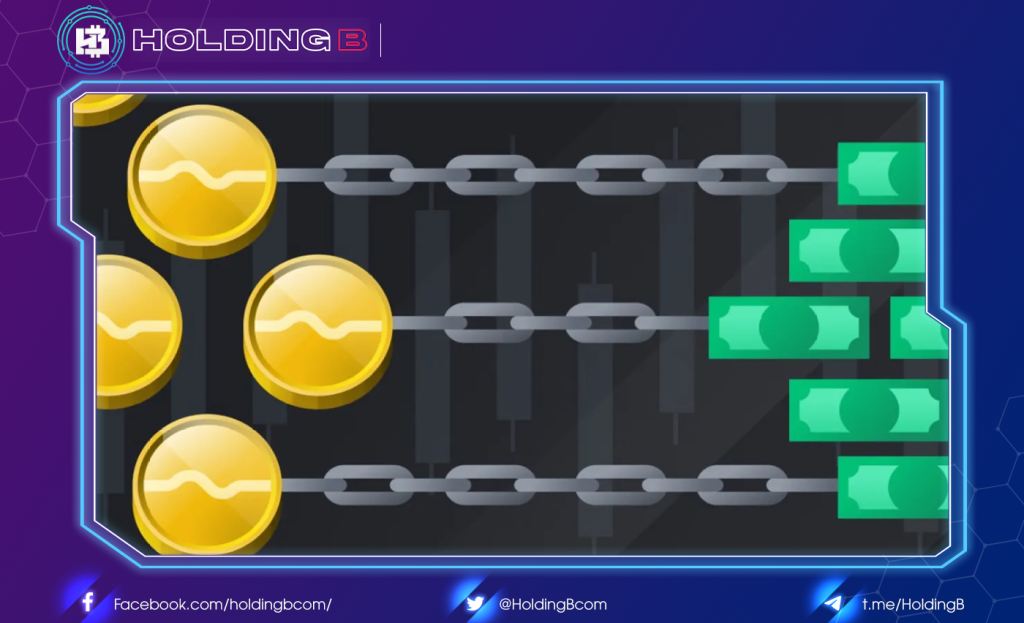
Pros
- Pegged to the US dollar at a ratio of 1:1.
- Fully collateralized and with audited reserves.
- It is the only cryptocurrency verified by financial institutions and audited by international accounting firms.
- The New York State Department of Financial Services regulates the industry.
- A low volatility asset that traders can hold.
Cons
- It is not suitable for trading as it is a stablecoin.
- It is only available on Binance and Paxos.
Highlights of Binance USD (BUSD)

Limiting transaction costs on the Binance exchange
- There is no fee for investors to trade BUSD to buy and sell other coins on Binance.
- Margin Trading: The interest rate is only 6.3%. This is the lowest compared to other cryptocurrencies.
- BUSD lends at a 15% annual interest rate.
- Futures Trading: BUSD can be used as collateral in leveraged trading.
Transactions on the Ethereum Blockchain (ERC-20): Binance USD includes an ERC-20 gateway, which can easily be stored in popular Ethereum wallets like MetaMask or Trust. Instead of going through a complicated cryptocurrency escrow system to keep DAI stable, Stablecoin BUSD is a popular choice for trading on Ethereum.
See ya in the next article !
Don’t forget to follow useful articles about Crypto Market from team Holding B !!!
- Telegram Channel: https://t.me/HoldingBcom
- Telegram Group: https://t.me/HoldingB
- Website: https://holdingb.com/
- Twitter: https://twitter.com/HoldingBcom
- Facebook: https://www.facebook.com/holdingbcom

